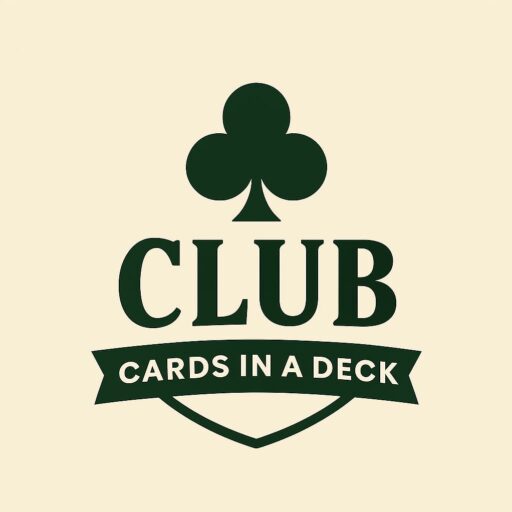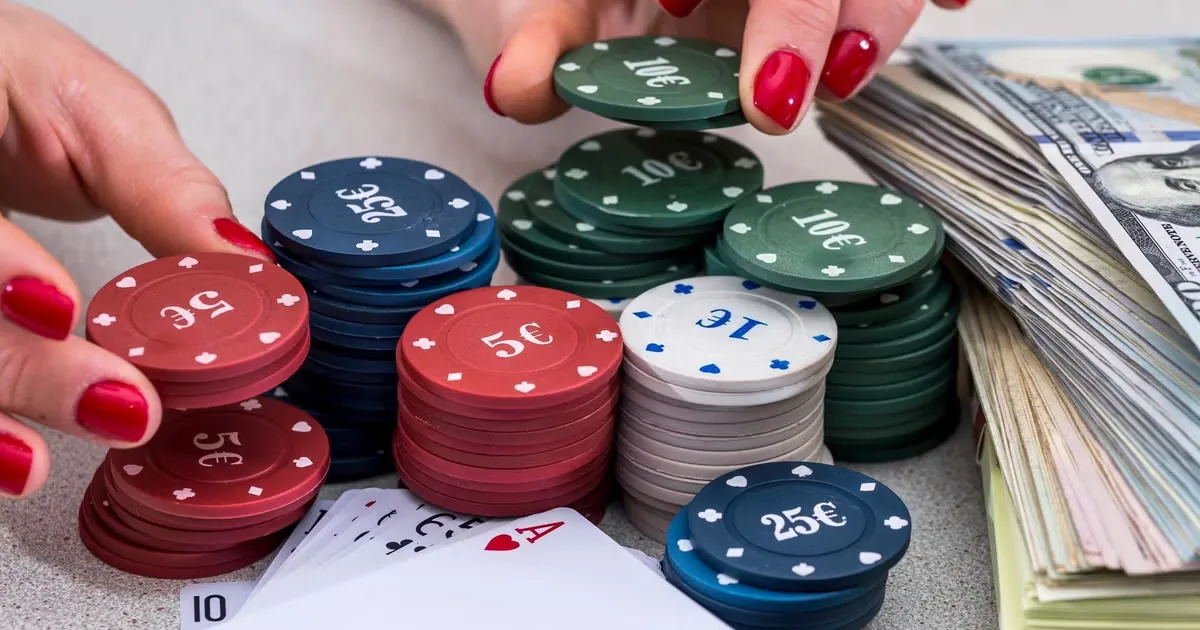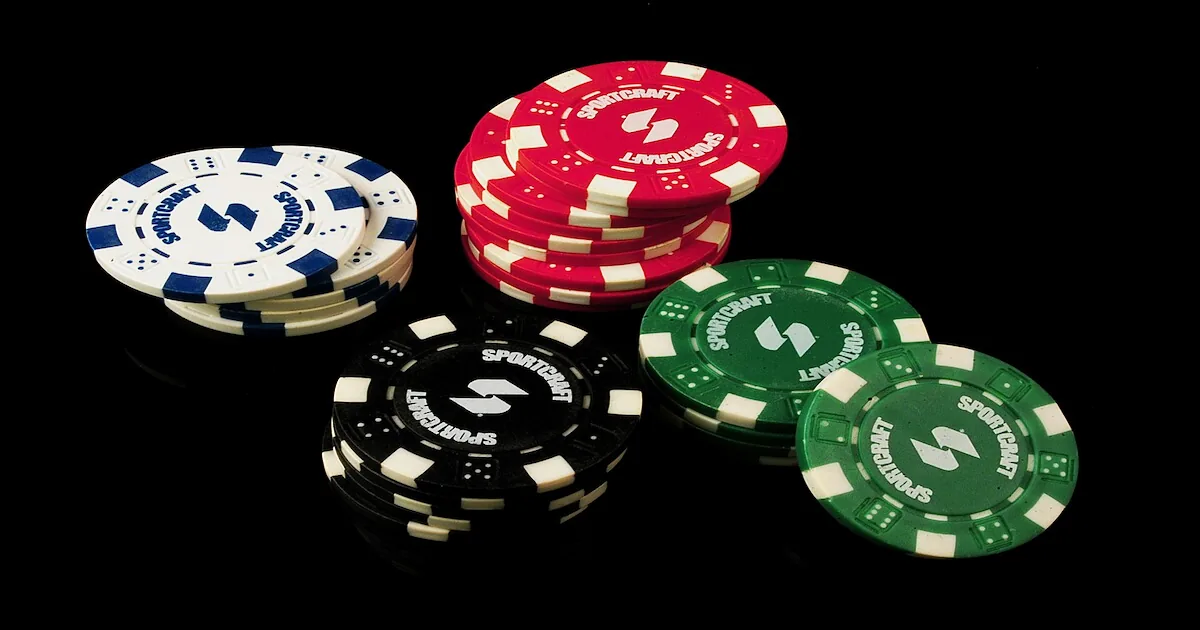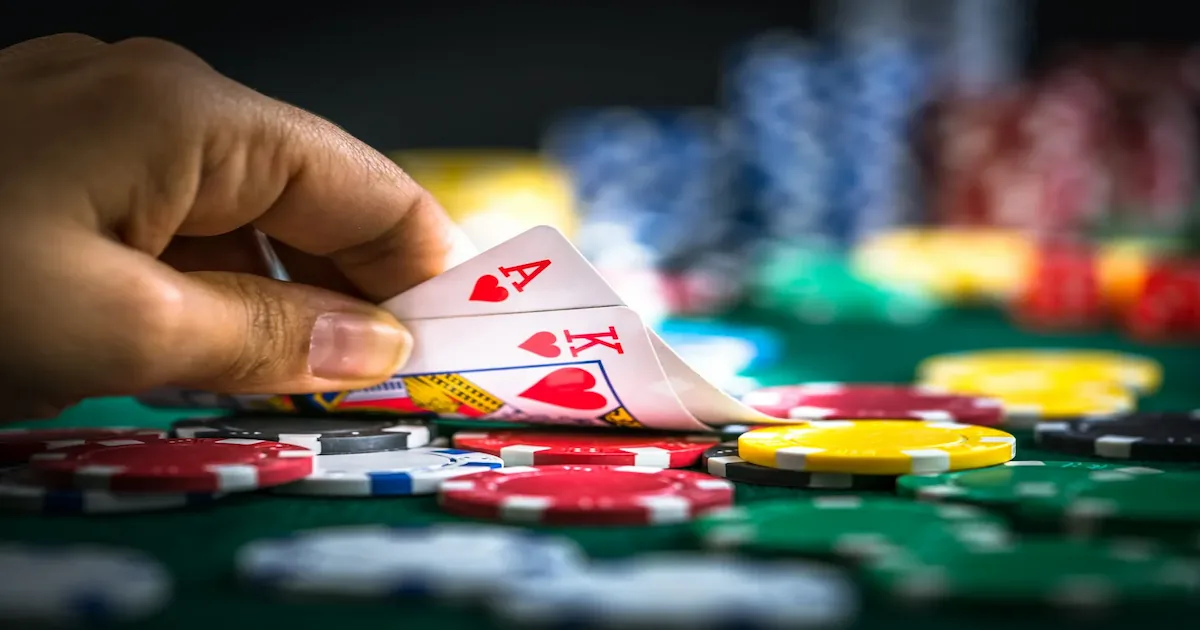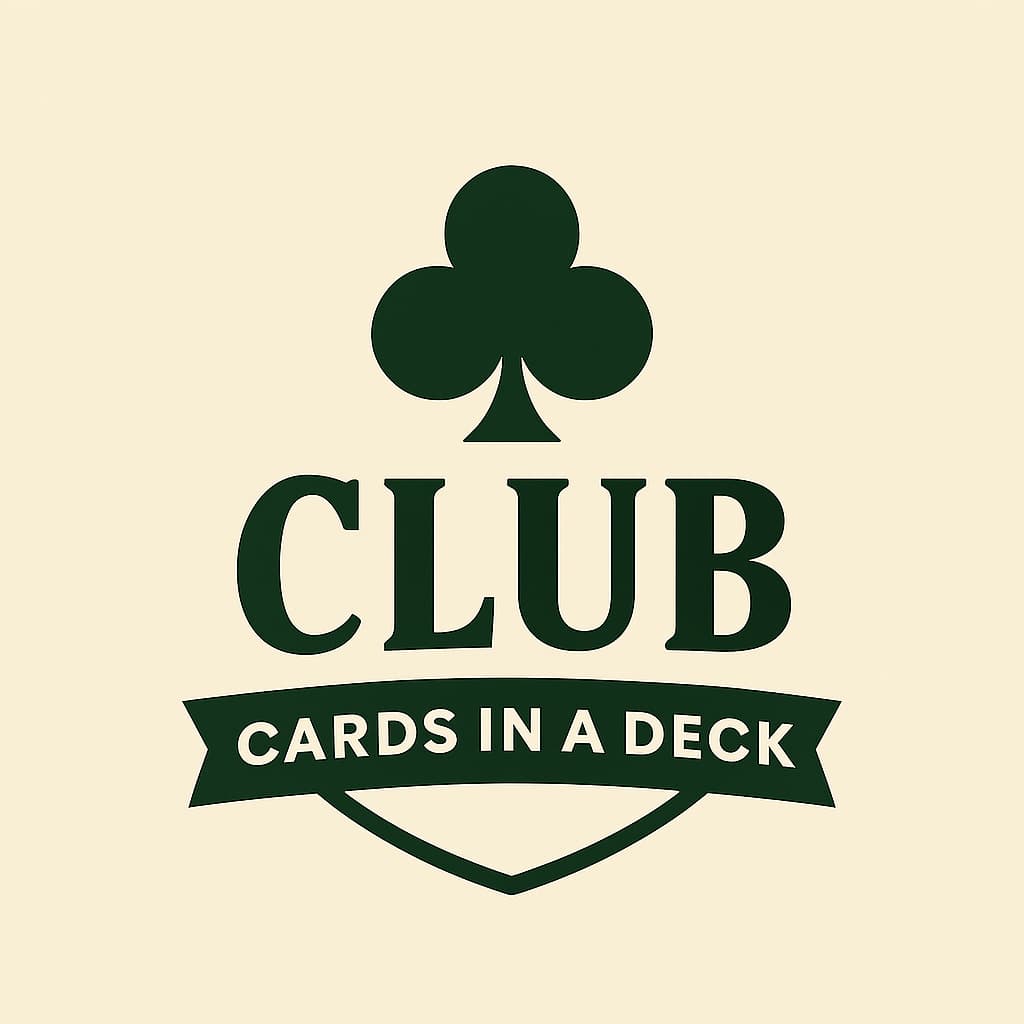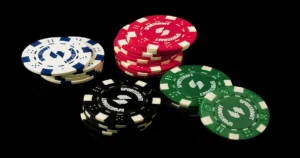The Club suit in playing cards is more than just a symbol on the table. In games like Poker, Rummy, and Bridge, Club cards can influence how players plan, react, and win. From strategic suit combinations to psychological plays, Clubs play an important role in shaping game flow. Whether you’re holding a flush in Texas Hold’em or building sequences in Rummy, understanding the impact of Club cards is essential to improving your skills and results.
The Role of Club Cards in Poker Strategy
In Poker, suits generally have equal value—there’s no official ranking between Clubs, Spades, Diamonds, or Hearts. However, Club cards can still greatly impact strategy, especially when working toward flushes or straight flushes. For example, in Texas Hold’em, if a player holds two Club cards and two or more Clubs appear on the flop, they may pursue a flush. Understanding how many Club cards remain in the deck can help calculate pot odds and make a decision to raise, call, or fold.
The bold black design of Clubs can also create a psychological edge at the table. Players often react more confidently when they see familiar suits like Clubs, particularly if they’ve won past hands with Club flushes. This subconscious association can influence decision-making. Furthermore, suits like Clubs stand out against red suits on the table, making them easier to track visually in fast-paced games.
For beginners, it’s important to remember that a flush made of Clubs is as valuable as one made of any other suit. But tracking Clubs throughout a hand and understanding how they appear in common board patterns can help you make stronger post-flop decisions. For more on Poker suit combinations, see this PokerNews strategy guide.
Using Clubs Effectively in Rummy
Rummy requires players to form valid combinations using sets (three or four cards of the same rank) and sequences (three or more consecutive cards in the same suit). Here, the Club suit can become instrumental in organizing sequences, especially if you receive a hand loaded with black-suited cards. For example, a sequence of can serve as a strong base to declare victory.
Strategically, players may hold onto Club cards longer to avoid giving away visual clues, particularly if they suspect opponents are building toward a black-suited run. It’s common in Rummy to track discarded suits—if a player discards multiple Hearts and Diamonds, but never Clubs, they may be holding them for a high-value sequence. Being aware of Club card flow helps improve your card counting and reading abilities.
High-value Club cards like the King or Queen can also be paired with wild cards or jokers to complete a sequence, giving you flexibility during hand formation. If your opponent is unaware of how many Clubs you’ve held back, you may be able to surprise them with a quick win once your set is ready. This defensive advantage makes Clubs an ideal suit for bluffing or conservative play in Indian and international Rummy formats.
To learn more about how to use suits in Rummy efficiently, RummyCircle offers official rules and tips.
Clubs in Bridge – Tactical Value and Trump Play
Bridge is a deeply strategic card game where suits play a central role in both bidding and trick-taking. The Club suit can be designated as the trump suit during the bidding process, making it temporarily stronger than the other three suits. When Clubs are the trump suit, any Club can beat cards from Hearts, Diamonds, or Spades, even if those cards are higher in rank. This significantly alters gameplay strategy and player roles.
When Clubs are declared trump, players will aim to preserve their Club cards for high-value tricks. They may also bluff by discarding lower Clubs early to trick opponents into thinking they’re low on trumps. Defensive players may choose to “void” themselves of Clubs by discarding them early, enabling them to play trumps from another suit when needed. These intricate techniques are part of what makes Bridge such a mentally rewarding game.
Even when Clubs aren’t the chosen trump, their play still matters. Players often consider the suit’s appearance in the opening hand as a potential opportunity or liability, depending on card distribution. A hand heavy with low Clubs, for instance, might discourage bidding aggressively, while a strong Club lineup with a balanced distribution could justify an early bid for control. This dynamic use of Clubs showcases their importance beyond rank and suit.
If you’re new to Bridge or want to understand suit-based strategy better, you can visit the official American Contract Bridge League guide for helpful insights.
Clubs and Suit Psychology in Competitive Play
Outside of direct game rules, Clubs carry psychological weight due to their bold black design and historical symbolism. In tarot and early European playing cards, Clubs (or “batons”) represented action, energy, and assertiveness. While modern card games have left most symbolic meanings behind, the visual appeal of Clubs still influences how players feel about their hand.
Players who have a natural affinity for the Club suit often make faster, more confident plays when they hold multiple Club cards. Casino marketing and card deck designers frequently choose Clubs to appear in their logos and custom cards due to the symmetrical, striking design. In high-stakes settings, this visual influence can subtly affect opponent perception during bluffing or bold moves.
Even casual players often have a “lucky suit,” and Clubs frequently top the list because of their strong contrast on white cards and distinctive appearance. In psychological terms, having a familiar or “lucky” suit like Clubs can reduce decision stress and help with pattern recognition during fast games.
Final Thoughts on Club Suit Strategy
Whether you’re playing Poker, Rummy, or Bridge, the Club suit consistently proves to be more than just one-fourth of the deck. It shapes game strategies, influences player behavior, and offers subtle psychological edges across game types. In Poker, Clubs are key to many high-value combinations like flushes. In Rummy, they serve as anchors for sequences. In Bridge, they may become the deciding trump suit that changes the game’s direction.
Understanding the role of Club cards and how to leverage them during gameplay allows both beginners and advanced players to build stronger strategies. It’s not just about what cards you hold, but how you use them—and Clubs give you plenty of opportunity to do just that.
Next time you pick up a deck, take a closer look at your Clubs. They might just lead you to your next win.
